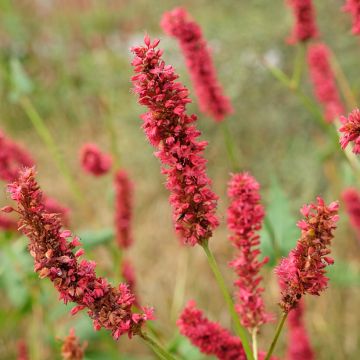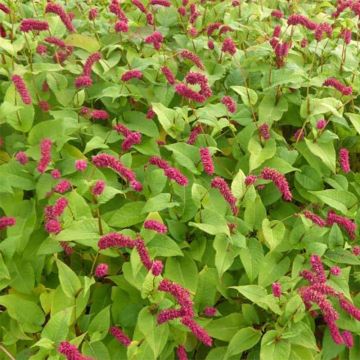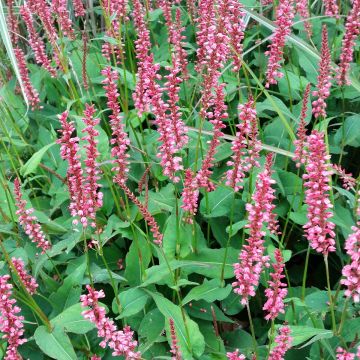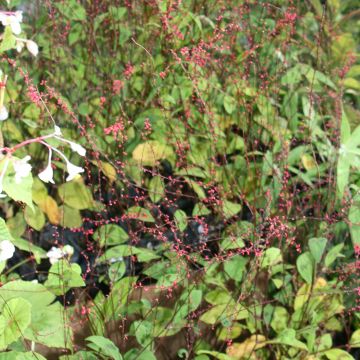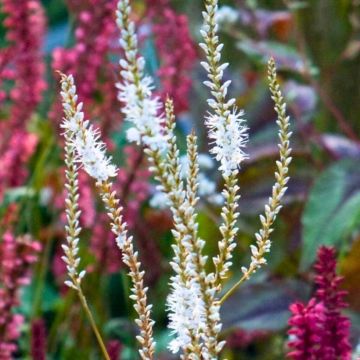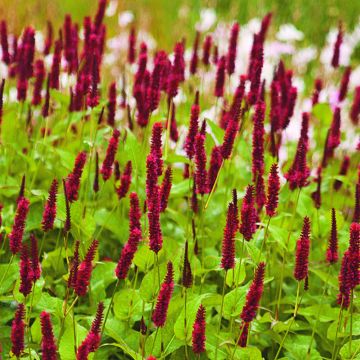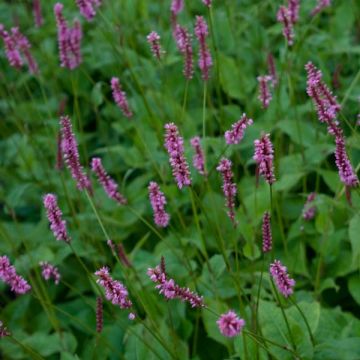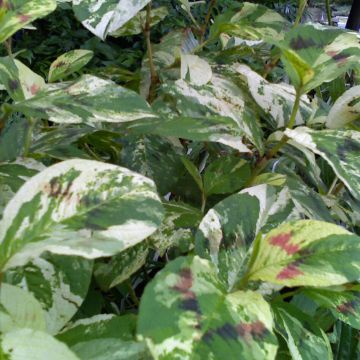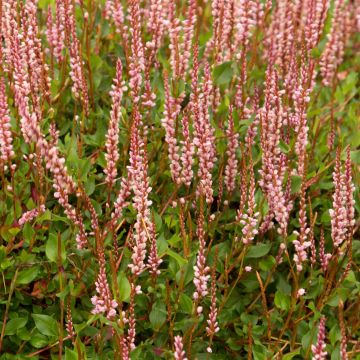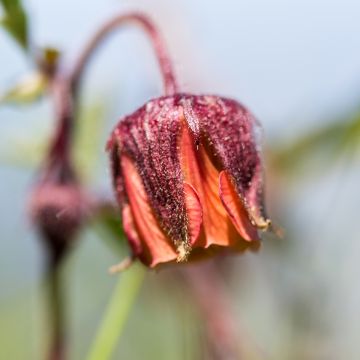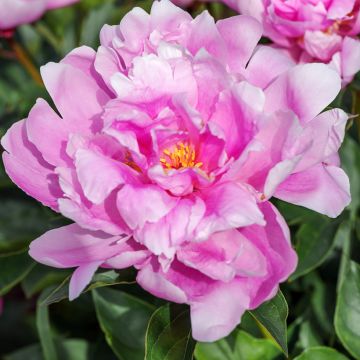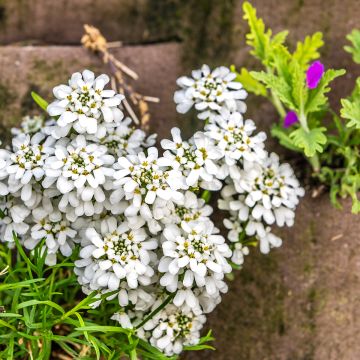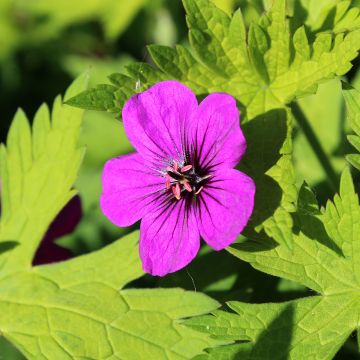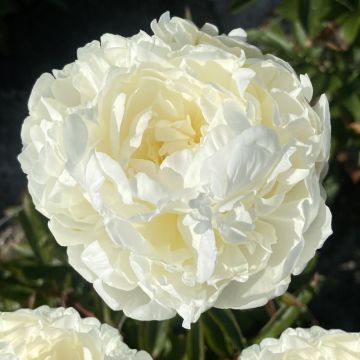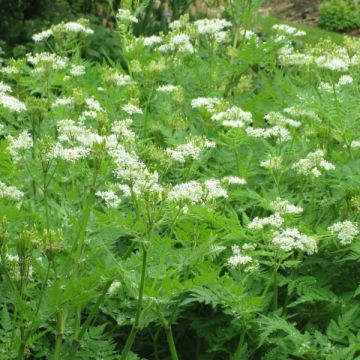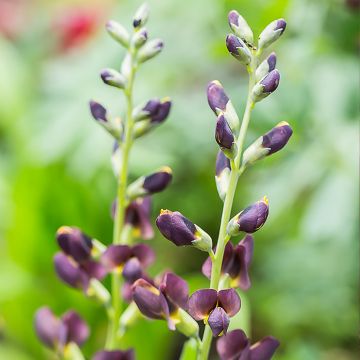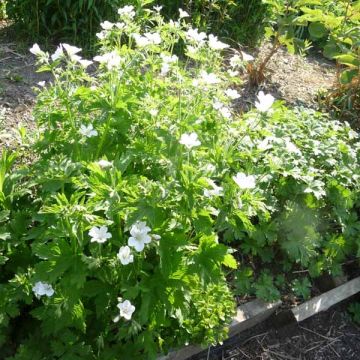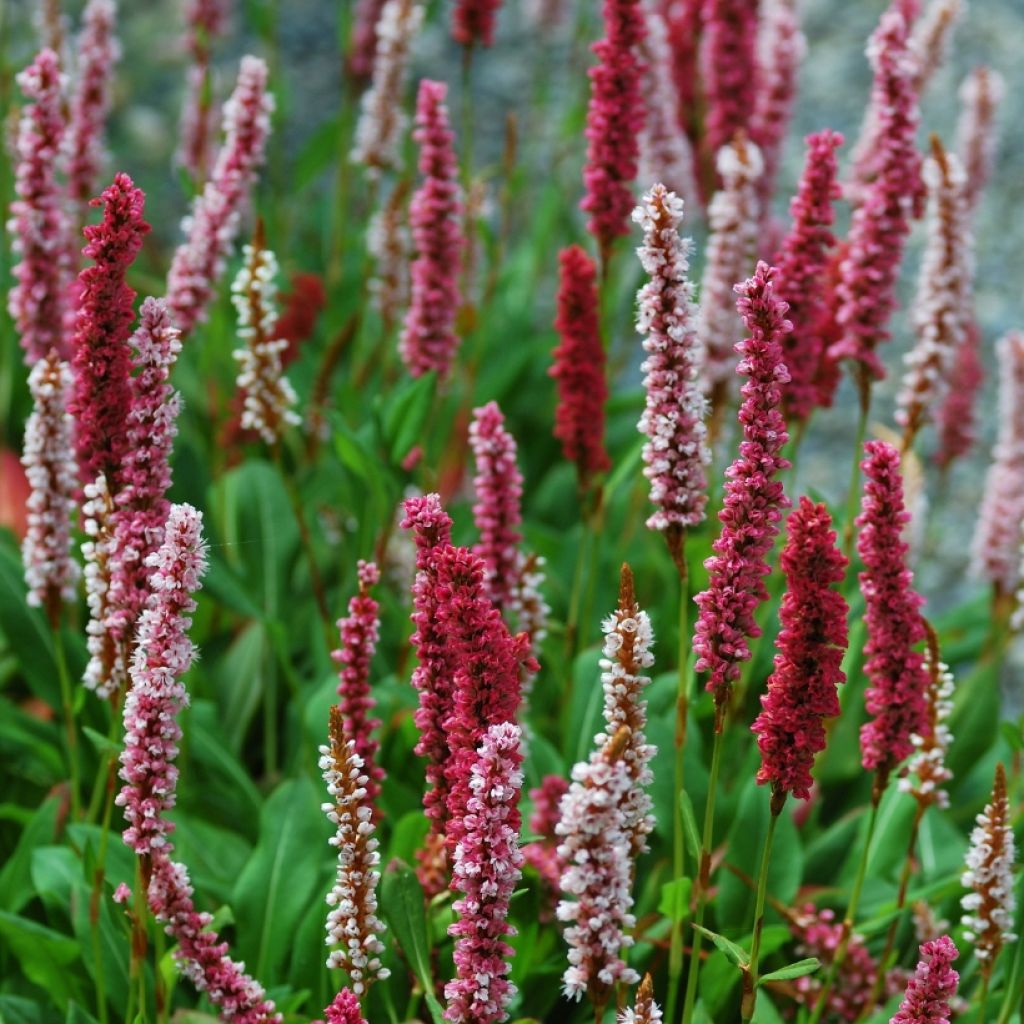

Persicaria affinis Darjeeling Red
Persicaria affinis Darjeeling Red
Persicaria affinis Darjeeling Red
Dense-flowered Knotweed, Knotweed, Bistort
This item cannot be shipped to the selected country
Delivery charge from €5.90
Delivery charge from €5.90
More information
Schedule delivery date,
and select date in basket
This plant carries a 12 months recovery warranty
More information
We guarantee the quality of our plants for a full growing cycle, and will replace at our expense any plant that fails to recover under normal climatic and planting conditions.
From €5.90 for pickup delivery and €6.90 for home delivery
Express home delivery from €8.90.
From €5.90 for pickup delivery and €6.90 for home delivery
Express home delivery from €8.90.

Does this plant fit my garden?
Set up your Plantfit profile →
Description
Persicaria affinis 'Darjeeling Red' is a lovely semi-evergreen perennial with pale-pink flower spikes that turn garnet when mature. The foliage turns copper in winter.
Persicaria affinis 'Darjeeling Red', also known as Polygonum affine 'Darjeeling Red' or Himalayan Knotweed, belongs to the Polygonaceae family. It is native to the entire Himalayan range from Afghanistan in the west to northern Myanmar in the east.
The plant is vigorous and compact, wider than it is tall, reaching a height of 25cm (10in) and a width of 40cm (16in), forming a very dense carpet. The lanceolate leaves are dark green and glossy. They turn red in autumn and become copper-coloured in winter. The laminae reach an average length of 15cm (6in). The small conical flowers cluster together in cylindrical spikes measuring 5 to 6cm (2in). Their colour changes with the seasons: starting with a pale-pink, they darken until they become deep red garnet at the end of flowering.
It thrives in all types of soil, even the poorest or most unfavourable, as long as they remain moist throughout the year. Due to its mountainous origin, it is very hardy and tolerates negative temperatures down to -15°C (5°F). It prefers full sun or partial shade.
This rhizomatous, creeping plant forms a dense, colourful ground cover that can be used as a border alongside paths. Its wide soil preferences allow it to adapt to rockeries as well as the edges of water features. It can also be planted in pots. Its long flowering period (from June to October) makes it attractive in summer and autumn. It can be combined with plants that have remarkable characteristics during this season, such as Callicarpa bodinieri 'Profusion' with its magnificent purple berries, bronze or ochre-coloured grasses like Molinia, or one or more varieties of autumn Camellia. Persicaria affinis 'Darjeeling Red' spreads by stolons, self-seeds spontaneously, and naturalises with disconcerting ease. Therefore, in non-freezing climates, it can become invasive.
Report an error about the product description
Persicaria affinis Darjeeling Red in pictures
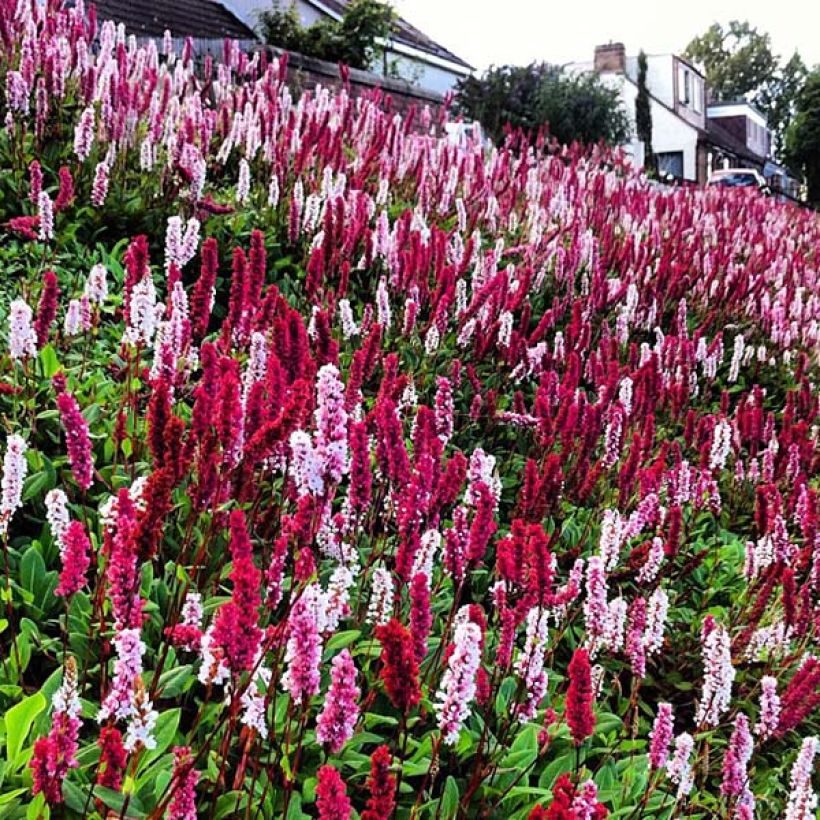

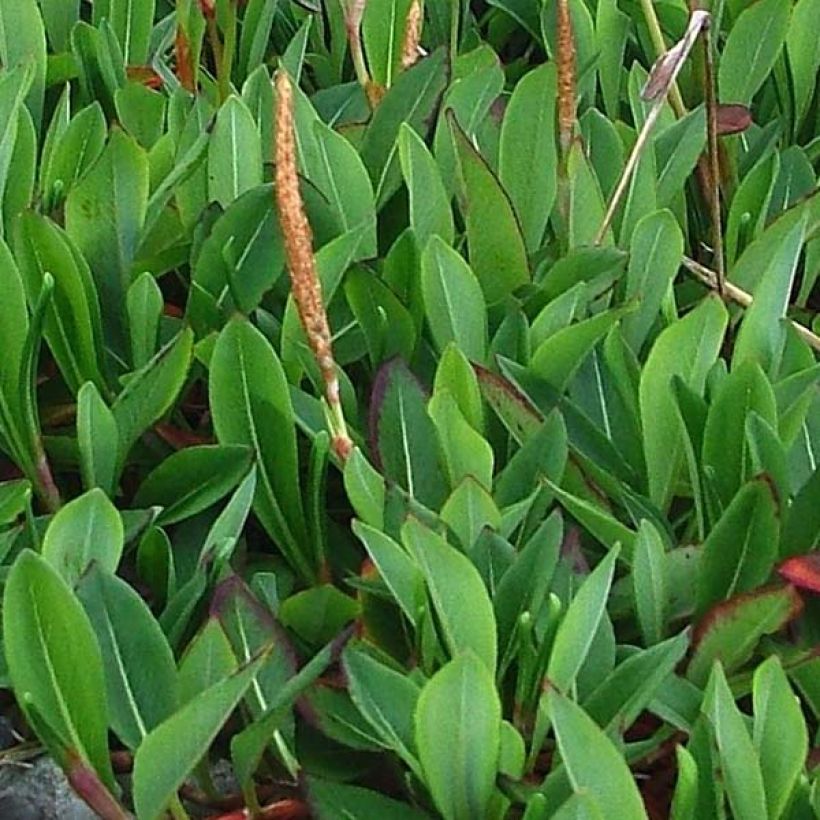

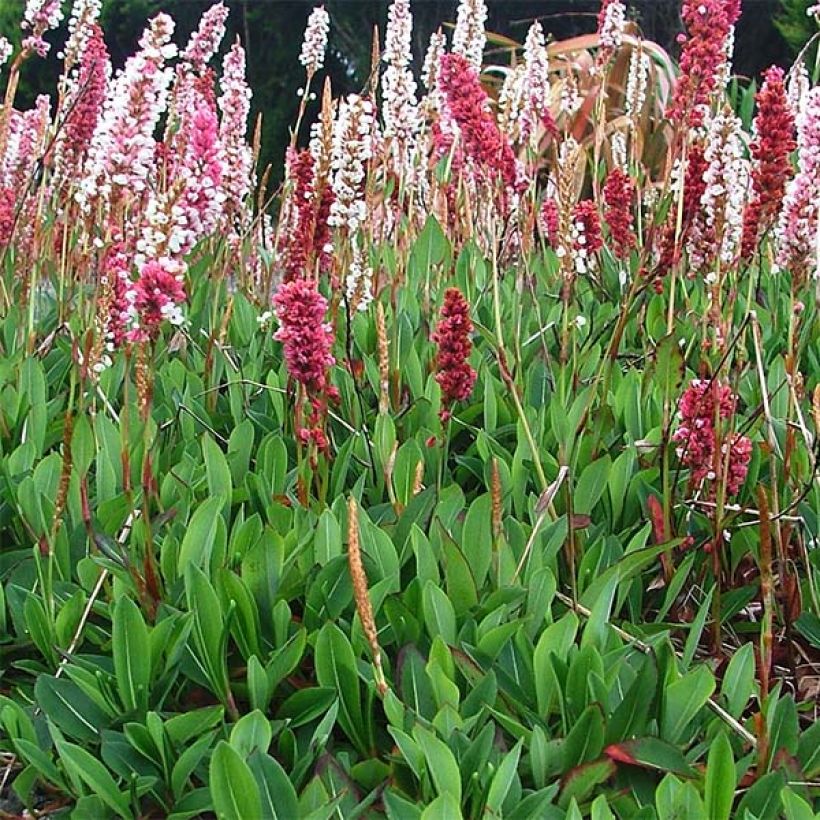

Flowering
Foliage
Plant habit
Botanical data
Persicaria
affinis
Darjeeling Red
Polygonaceae
Dense-flowered Knotweed, Knotweed, Bistort
Central Asia
Other Persicaria
Planting and care
All types of soils are suitable for it, even the poorest or most unfavourable, as long as they remain moist throughout the year. Due to its mountainous origin, it is very hardy and tolerates negative temperatures down to -15°C (5°F). It prefers a sunny or semi-shaded exposure. Its broad preferences in terms of soils allow it to adapt well to both rocky areas and the edges of water features.
Planting period
Intended location
Care
-
, onOrder confirmed
Reply from on Promesse de fleurs
Spring flowering perennials
Haven't found what you were looking for?
Hardiness is the lowest winter temperature a plant can endure without suffering serious damage or even dying. However, hardiness is affected by location (a sheltered area, such as a patio), protection (winter cover) and soil type (hardiness is improved by well-drained soil).

Photo Sharing Terms & Conditions
In order to encourage gardeners to interact and share their experiences, Promesse de fleurs offers various media enabling content to be uploaded onto its Site - in particular via the ‘Photo sharing’ module.
The User agrees to refrain from:
- Posting any content that is illegal, prejudicial, insulting, racist, inciteful to hatred, revisionist, contrary to public decency, that infringes on privacy or on the privacy rights of third parties, in particular the publicity rights of persons and goods, intellectual property rights, or the right to privacy.
- Submitting content on behalf of a third party;
- Impersonate the identity of a third party and/or publish any personal information about a third party;
In general, the User undertakes to refrain from any unethical behaviour.
All Content (in particular text, comments, files, images, photos, videos, creative works, etc.), which may be subject to property or intellectual property rights, image or other private rights, shall remain the property of the User, subject to the limited rights granted by the terms of the licence granted by Promesse de fleurs as stated below. Users are at liberty to publish or not to publish such Content on the Site, notably via the ‘Photo Sharing’ facility, and accept that this Content shall be made public and freely accessible, notably on the Internet.
Users further acknowledge, undertake to have ,and guarantee that they hold all necessary rights and permissions to publish such material on the Site, in particular with regard to the legislation in force pertaining to any privacy, property, intellectual property, image, or contractual rights, or rights of any other nature. By publishing such Content on the Site, Users acknowledge accepting full liability as publishers of the Content within the meaning of the law, and grant Promesse de fleurs, free of charge, an inclusive, worldwide licence for the said Content for the entire duration of its publication, including all reproduction, representation, up/downloading, displaying, performing, transmission, and storage rights.
Users also grant permission for their name to be linked to the Content and accept that this link may not always be made available.
By engaging in posting material, Users consent to their Content becoming automatically accessible on the Internet, in particular on other sites and/or blogs and/or web pages of the Promesse de fleurs site, including in particular social pages and the Promesse de fleurs catalogue.
Users may secure the removal of entrusted content free of charge by issuing a simple request via our contact form.
The flowering period indicated on our website applies to countries and regions located in USDA zone 8 (France, the United Kingdom, Ireland, the Netherlands, etc.)
It will vary according to where you live:
- In zones 9 to 10 (Italy, Spain, Greece, etc.), flowering will occur about 2 to 4 weeks earlier.
- In zones 6 to 7 (Germany, Poland, Slovenia, and lower mountainous regions), flowering will be delayed by 2 to 3 weeks.
- In zone 5 (Central Europe, Scandinavia), blooming will be delayed by 3 to 5 weeks.
In temperate climates, pruning of spring-flowering shrubs (forsythia, spireas, etc.) should be done just after flowering.
Pruning of summer-flowering shrubs (Indian Lilac, Perovskia, etc.) can be done in winter or spring.
In cold regions as well as with frost-sensitive plants, avoid pruning too early when severe frosts may still occur.
The planting period indicated on our website applies to countries and regions located in USDA zone 8 (France, United Kingdom, Ireland, Netherlands).
It will vary according to where you live:
- In Mediterranean zones (Marseille, Madrid, Milan, etc.), autumn and winter are the best planting periods.
- In continental zones (Strasbourg, Munich, Vienna, etc.), delay planting by 2 to 3 weeks in spring and bring it forward by 2 to 4 weeks in autumn.
- In mountainous regions (the Alps, Pyrenees, Carpathians, etc.), it is best to plant in late spring (May-June) or late summer (August-September).
The harvesting period indicated on our website applies to countries and regions in USDA zone 8 (France, England, Ireland, the Netherlands).
In colder areas (Scandinavia, Poland, Austria...) fruit and vegetable harvests are likely to be delayed by 3-4 weeks.
In warmer areas (Italy, Spain, Greece, etc.), harvesting will probably take place earlier, depending on weather conditions.
The sowing periods indicated on our website apply to countries and regions within USDA Zone 8 (France, UK, Ireland, Netherlands).
In colder areas (Scandinavia, Poland, Austria...), delay any outdoor sowing by 3-4 weeks, or sow under glass.
In warmer climes (Italy, Spain, Greece, etc.), bring outdoor sowing forward by a few weeks.

































